The basics of wallpapering (non-woven wallpapers)
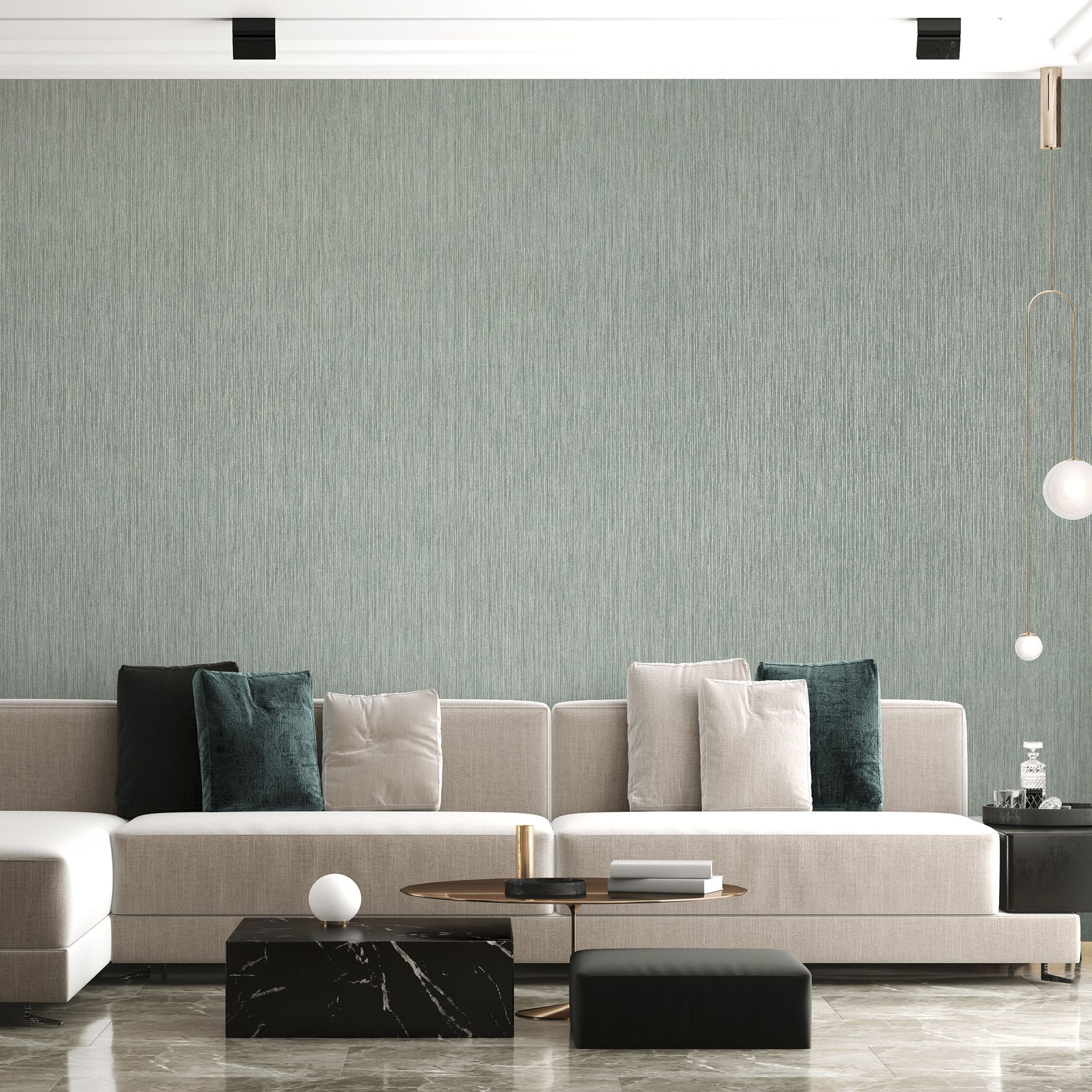
Have you decided that your home could do with a breath of fresh air? Have you already picked out one or two wallpapers that would look good in your place? Are you afraid that wallpapering is too time-consuming or too complicated and you don't even know what it will require? Don't worry, with our instructions we explain step-by-step what you need to do and what you require. With these instructions, you can redesign your room in no time at all. It’s easy and uncomplicated!
Die wichtigsten Hilfsmittel
The authoritative tool for everything you need to know about wallpapering is our checklist, where you will find all the materials and tools you need for each project and can easily check them off on the PDF. In our shop, you will also find the most important accessories that you may still be missing.
Below, we briefly introduce you to the essential tools and explain what they are actually good for - because we are not all master painters or experienced DIY and wallpapering professionals.
Paste roller
A major advantage of non-woven wallpaper is that you don't have to apply paste to it; you paste only the wall. You need a suitable paste roller to apply the paste directly to the wall. Our paste roller KOMFORT 18cm, for example, is ideal for this purpose.
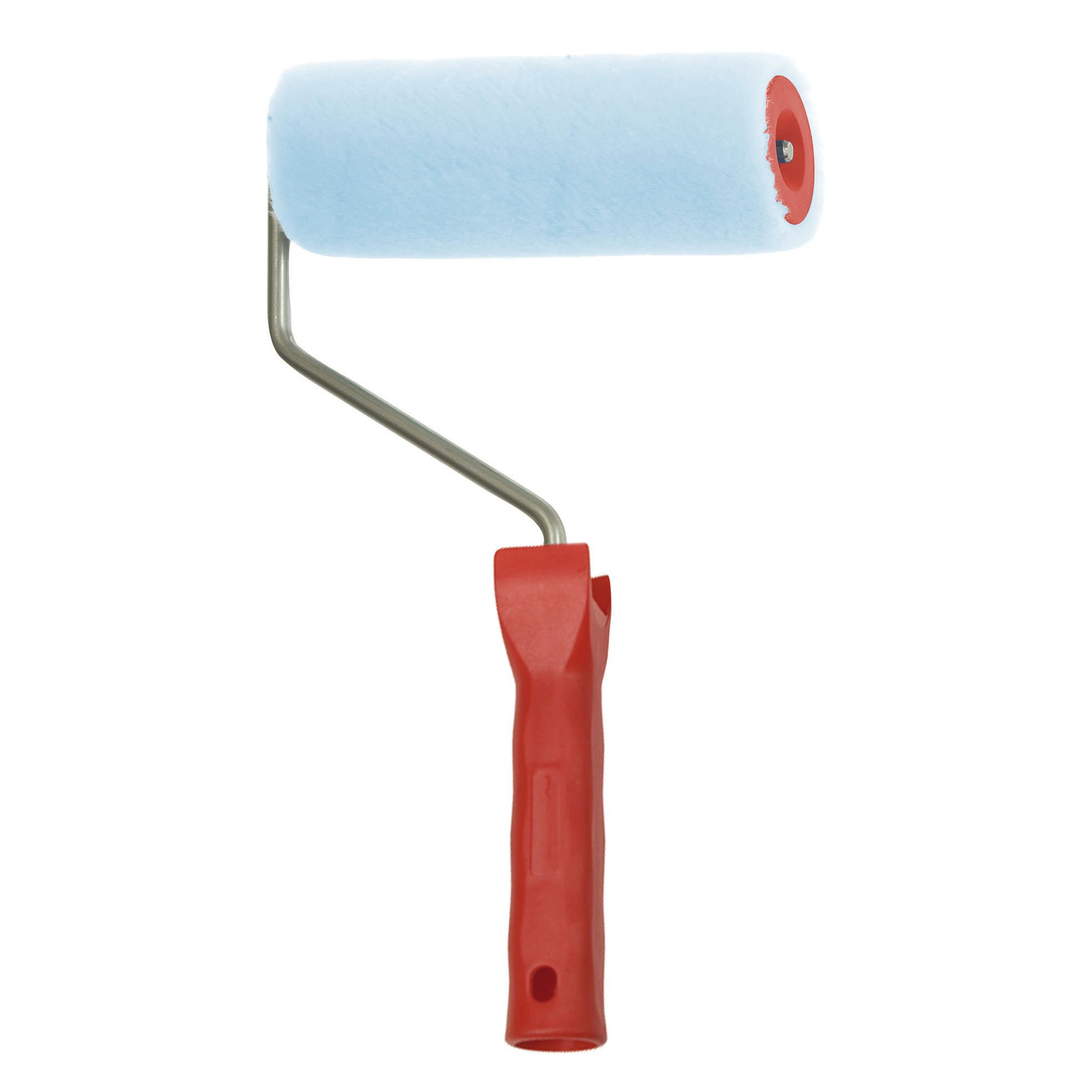
Scraper grid
To apply the right amount of paste to the wall, it makes sense to use a scraper grid. Dip your paste roller completely into the ready-mixed paste and then stroke the scraper grid once. Then roll the paste roller over the measured wall surface until no more paste can be applied and repeat this procedure until the wall is fully coated with paste.
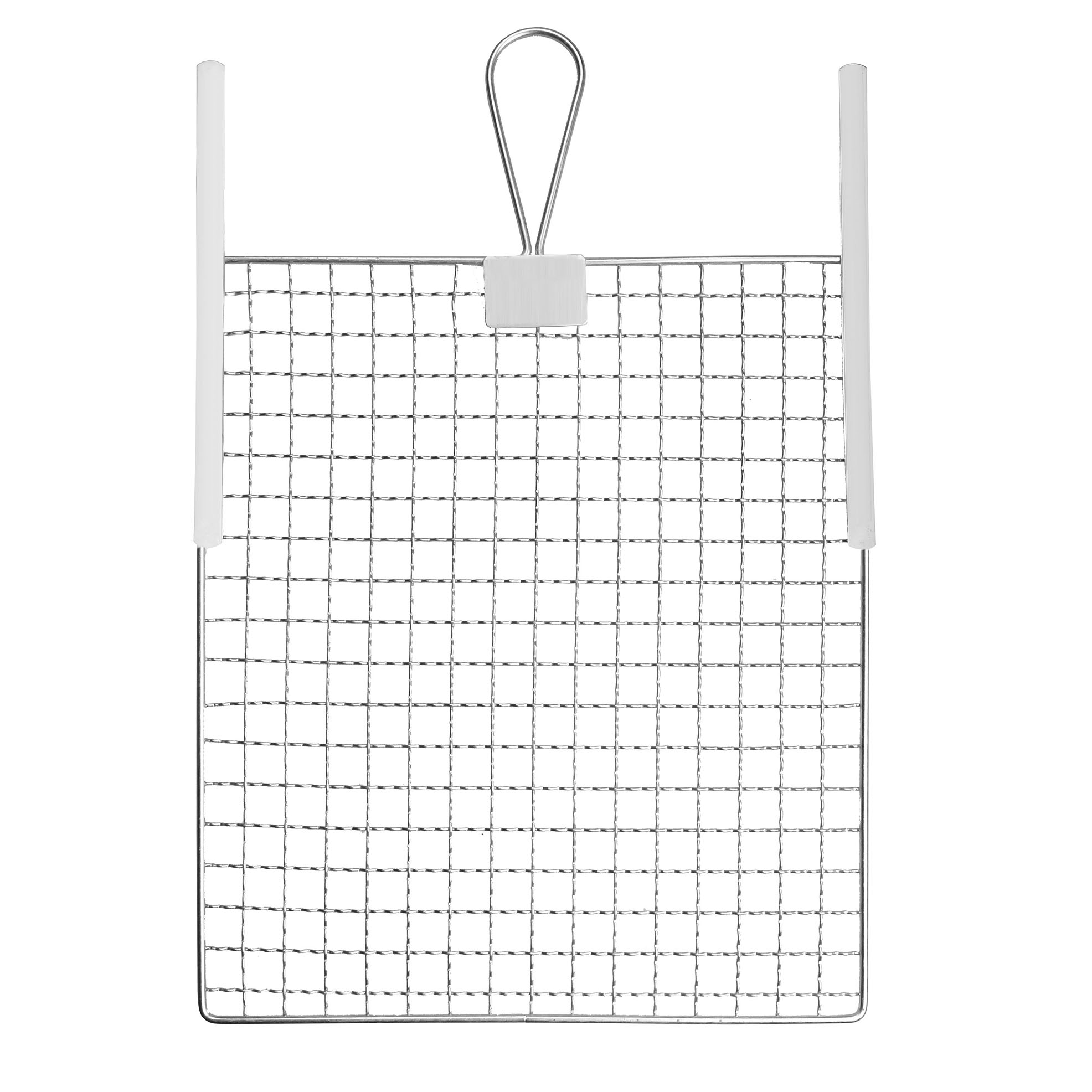
Paste
When wallpapering non-woven wallpaper, it is important to use a suitable high-quality non-woven wallpaper paste. We recommend our non-woven extra-strong wallpaper paste. To prepare the paste, you need a bucket and a stirring rod. When mixing the paste, follow the manufacturer's instructions and the recommended swelling time. When mixing, it is important to avoid lumps and to achieve a homogeneous consistency. In some cases it may be advisable to adjust the consistency of the paste to the substrate or wallpaper. More absorbent, unprimed substrates need a thinner paste, while a thicker mixture is recommended for heavy wallpapers set with glass beads or granite.
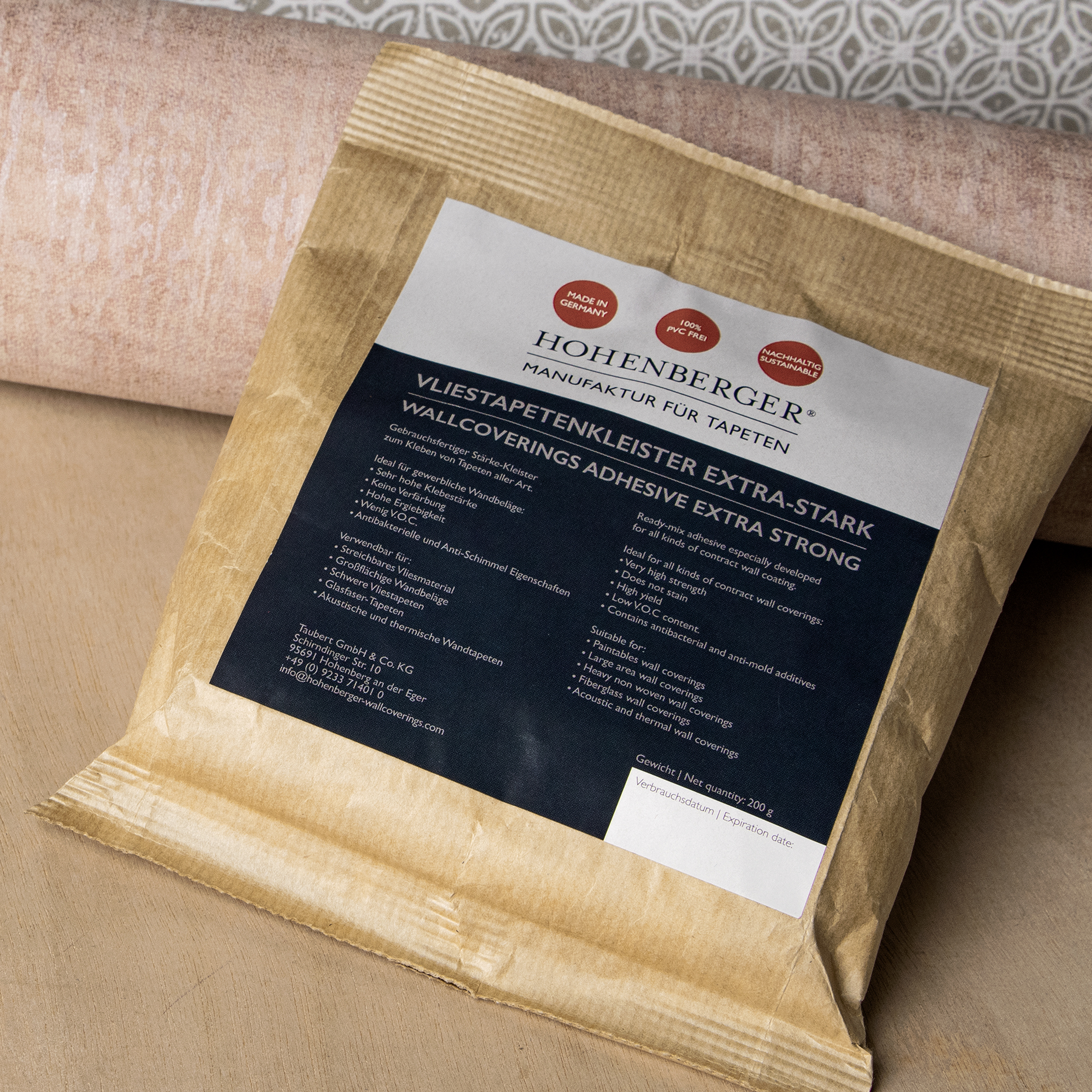
Wallpaper brush
A wallpaper brush is used to press the wallpaper firmly against the wall after pasting it without damaging it. Softer tools such as a wallpaper brush or press-on roller are recommended, especially for non-woven wallpaper. It's best to brush from the centre of the wallpaper strip to the sides to avoid air bubbles. Proceed in a similar way if you want to press out air bubbles that have already formed.
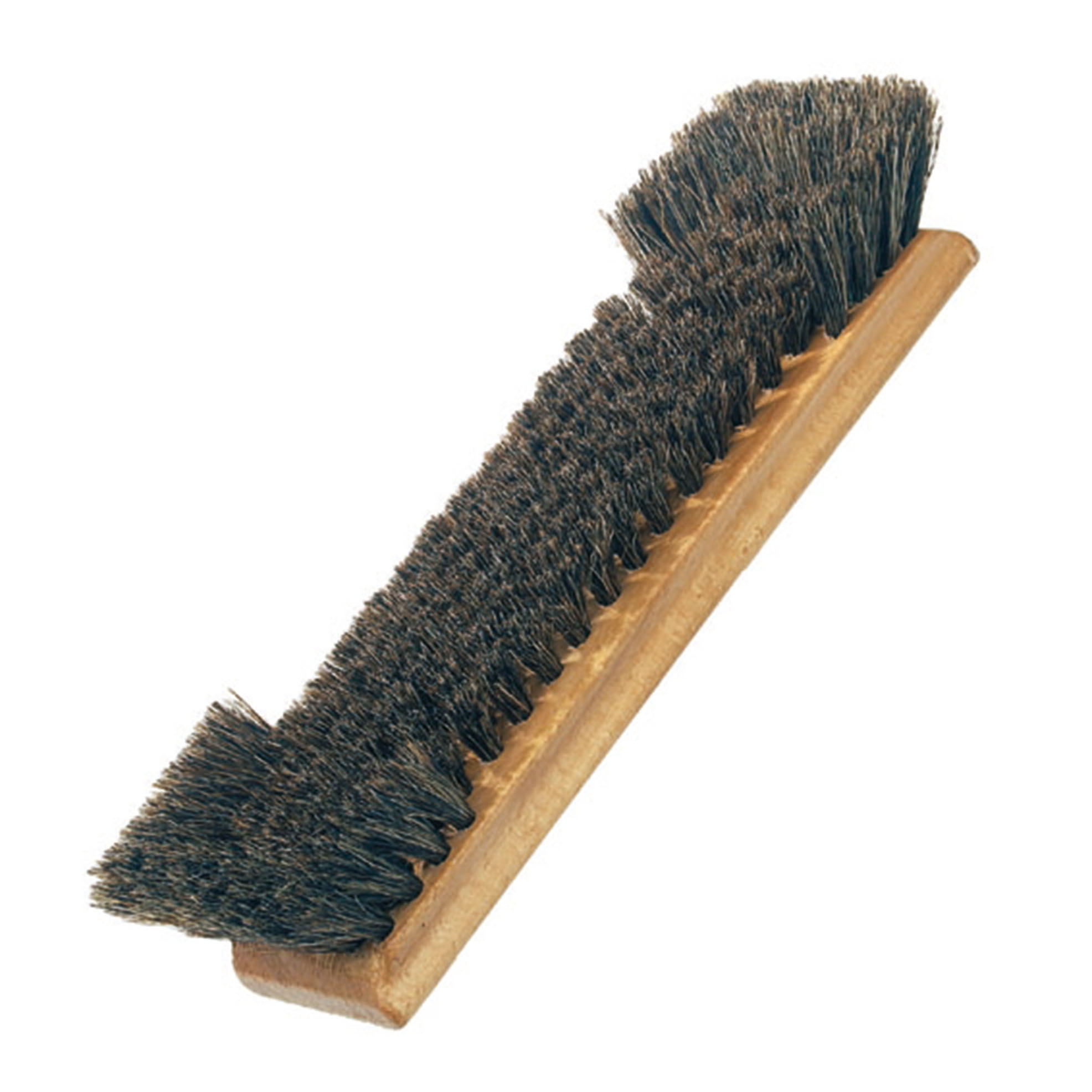
Pressure roller
As the name suggests, the pressure roller is intended to press the wallpaper onto the wall. It should be made of soft plastic or foam rubber, as this is very gentle, especially on non-woven wallpaper. It is good for pushing out air bubbles to the side and fixing the seams. Please do not use wallpaper spatulas, as they are not suitable for processed wallpapers in particular.
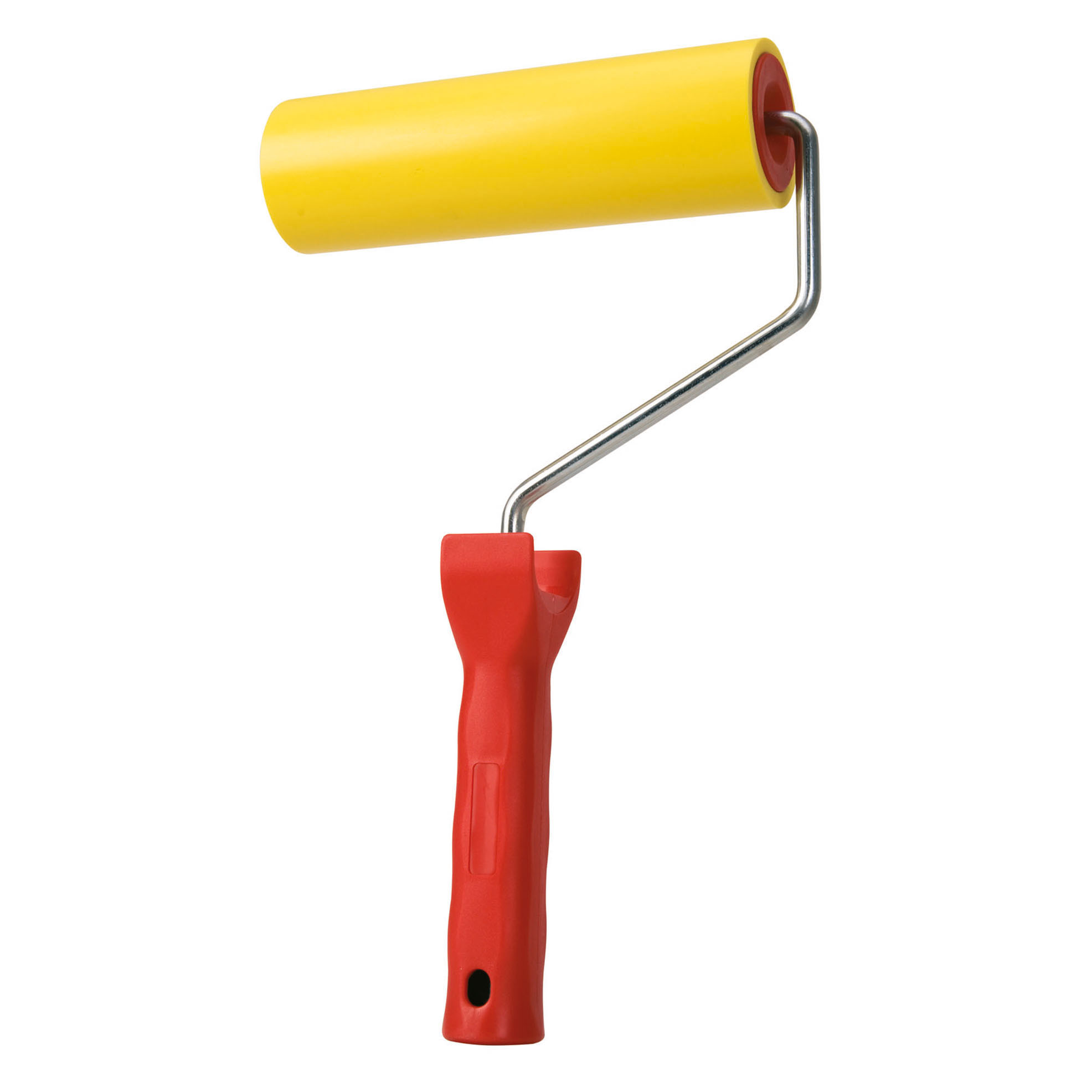
Tear-off ruler
With the tear-off ruler, similar to the trimming edge, you can easily and cleanly trim wallpaper at the top and bottom of the wall. To do this, place the ruler, which is usually at least the width of the strip, against the pasted wallpaper and cut the wallpaper along the edge with a utility knife.
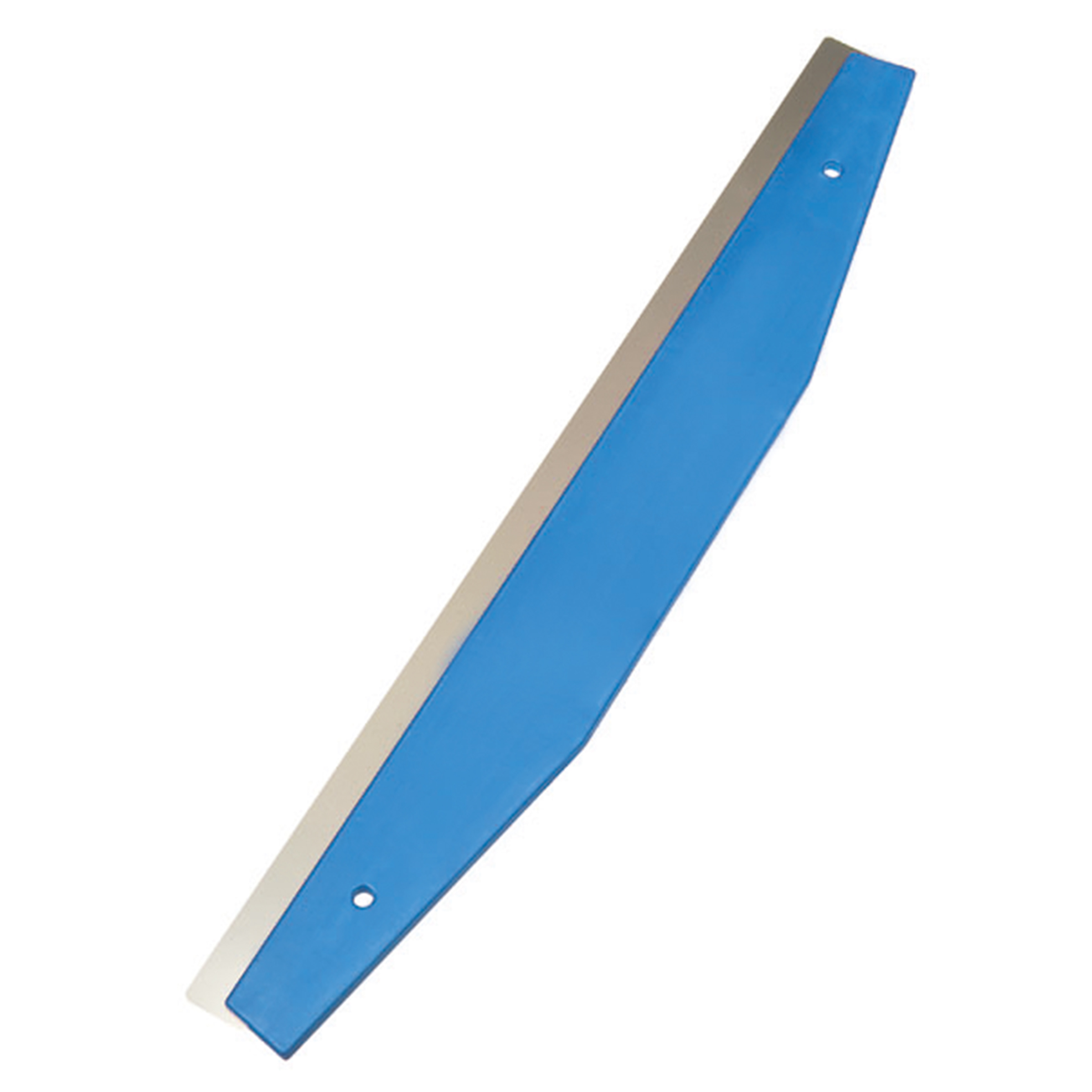
Spirit level
You need a spirit level when wallpapering to get a "straight" result. Before wallpapering, you should first draw vertical guide lines for gluing the strips. It is also advisable to use the spirit level to check whether a strip that has already been lightly pressed down is really perpendicular to the edges of the room and to correct it if necessary.
Utility knife / Cutter blade
You can easily shorten wallpaper on the wall with a utility knife or cutter - cleanly, easily and quickly. The best way to do this is to use the tear-off ruler.
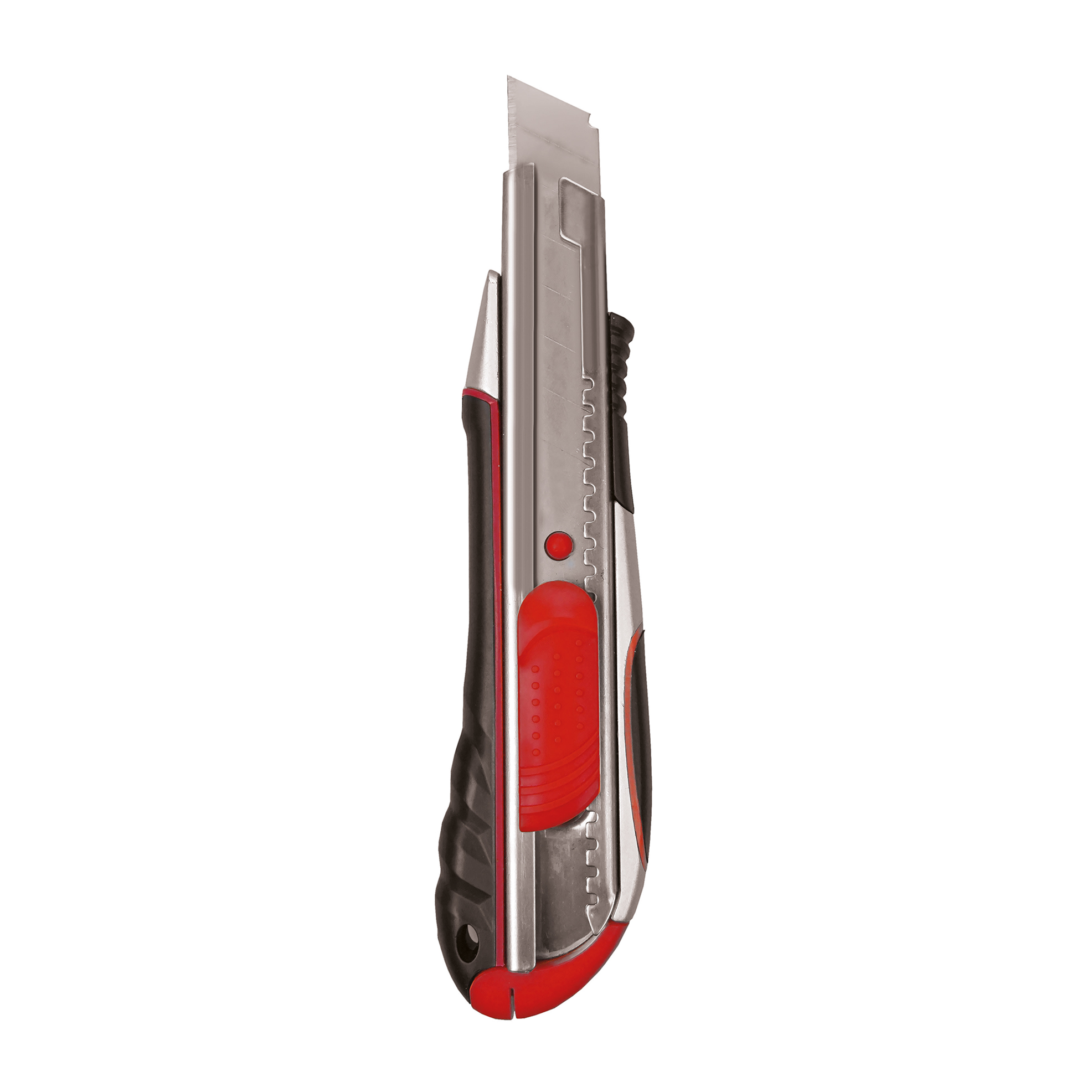
Pencil
You need the pencil to make marks on the wall. With photo wallpapers in particular, it is important to determine the centre of the wall and mark the areas and corners for the necessary wallpaper strips. However, this is also recommended for other wallpapers. Also use a spirit level and a folding rule for marking.
Painter’s fleece
With painter's fleece, you can easily repair minor defects in your surface before wallpapering: the fine but robust textile fabric provides more strength, evens out colour differences and cracks and ensures that the absorbency of the substrate is neither too strong nor too weak. In addition, with a primer coat of painter's fleece, the wallpaper can be removed later without any problems. We recommend our high-quality and particularly sustainable painter's fleece Pro 150.
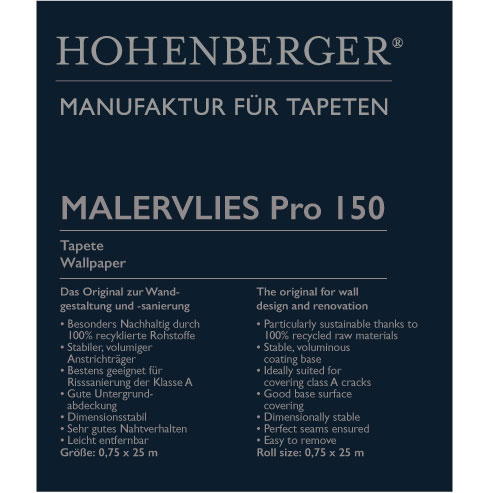
Wallpaper primer
Apart from painter's fleece, other basecoats can also be used to prime the substrate. In some cases, pre-plastering is sufficient, especially for highly absorbent concrete and new building plaster surfaces. Pigmented or unpigmented deep primer is often used, alternating primer is recommended for gypsum plasterboards.
Hedgehog roller / spiked roller / nail roller / wallpaper mincer / wallpaper hedgehog
How many rolls of wallpaper do I actually need?
It is not so easy to determine the right number of wallpaper rolls, especially for wallpapers with a repeat and staggered approach. After all, you don't just have to multiply the room height by the number of rolls, you also have to take the pattern offset into account.
If you have decided on a Hohenberger wallpaper, however, it is particularly easy. For each wallpaper you will find our wallpaper needs calculator in the online shop, which determines specifically for this wallpaper how many rolls you need. Simply enter the length and height of the wall in centimetres and the calculator will provide you with the correct number of rolls. Add these to your shopping cart with one or two rolls of replacement material and you can soon start decorating your home.
Do I need to treat my substrate?
The substrate is very important when wallpapering in order to achieve a beautiful, clean, smooth wallpapering result. This applies even more to light-coloured wallpapers, as the substrate could show through. Basically, the surface should be smooth, clean, single-coloured, light, firm, dry and absorbent. You can immediately recognise unevenness, cracks, colour differences and sometimes too much moisture; for everything else, there are simple tests:
- You can test the fixing strength by sticking about ten centimetres of tape on the wall. Does paint residue stick when you peel it off? Or you can carefully scrape the wall with a spatula - if the paint flakes off, the wall is not strong enough.
- Sanding or chalking paints are also not a good base for wallpaper. You can test this by running your hand over the wall: are there sandy or white residues on your palm?
- You can test the moisture content by sticking a firm foil to the wall. After 24 hours, check whether condensation has formed. If so, the wall is too damp.
- The best way to test the absorbency of the substrate is with the wetting test: if the wall turns a dark colour after being wetted with water, it is too absorbent. If the water runs off, the wall is not absorbent enough.
Can you check off each of these items? Congratulations! You can start wallpapering straight away. It's best to dust your wall first with an anti-static cloth or your hoover.
Have you noticed any minor defects? Many of these can be easily remedied with painter's fleece.
If your wall is too dark, if there are too many colour differences, if the substrate is too absorbent or if the paint is sanding or chalking, priming with painter's fleece can help. It can be used to consolidate old porous and highly absorbent substrates, to eliminate colour differences and even to even out minor cracks and unevenness. You should also prime with painter's fleece if the substrate has rough fibres. Another advantage is that wallpaper primed with painter's fleece is easier to remove later.


